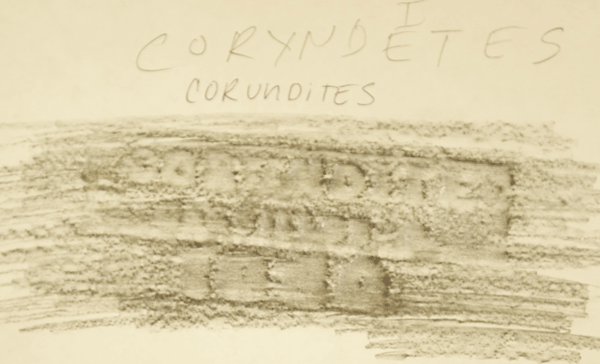Three
American Tree Sparrows are always hopping around my backyard, scratching at the seeds on the ground, and looking cute in their rusty caps. They are such sweet, polite birds and are one of my favorites. This afternoon, as I was looking out my kitchen window, one dropped in to eat thistle at one of my finch feeders. This was a first and I was excited! He came back again and again. I grabbed my camera, but didn’t have much hope of capturing an image because I had to shoot through glass and screen, but it worked. The photos are a bit hazy, but they clearly show his rusty cap and his yellow and black beak.

Earlier I had been reading an article on American Tree Sparrows by
Jim McCormac in the latest issue of
Birdwatcher’s Digest (
Vol. 31 No. 3, Jan/Feb 2009), so this little guy couldn’t have chosen a better time to pose for me. He’s so cute in these pics. It was snowing heavily at the time, and you can even see the little snowflakes on his head. Since American Tree Sparrows are winter visitors from up north, I’m sure he didn’t mind!

In McCormac’s article, he explains that the American Tree Sparrow’s breeding grounds are way north in Churchill, Manitoba, which means this little fellow will have to travel almost 2000 miles to get back home in the spring (
totally amazing--makes me love them more). He also talks about the tree sparrows’ taste for weed seeds and recommends planting
Goldenrod,
coneflowers (
I already have), and
Little Bluestem grass. So now I have another batch of native plants to add to my gardening for the birds list.

To carry the weed-seed thing a little further, in this month’s
Birds and Blooms (
January 2009), George Harrison writes on the American Tree Sparrow,
A century ago, Professor F. E. L. Beal wrote that in the state of Iowa alone, American Tree Sparrows consumed 875 tons of weed seeds annually. Since then, farmers have considered the American Tree Sparrow and other members of its tribe to be valuable economic allies.
One researcher found that in an 18-inch square of weeds, tree sparrows were so thorough consuming the weed seeds, they missed only 6 seeds, leaving 1,130 half seed shells in their wake. These little guys are like weed seed vacuums. So not only are they cute, they are necessary and valuable, especially when growing foods organically.



























































